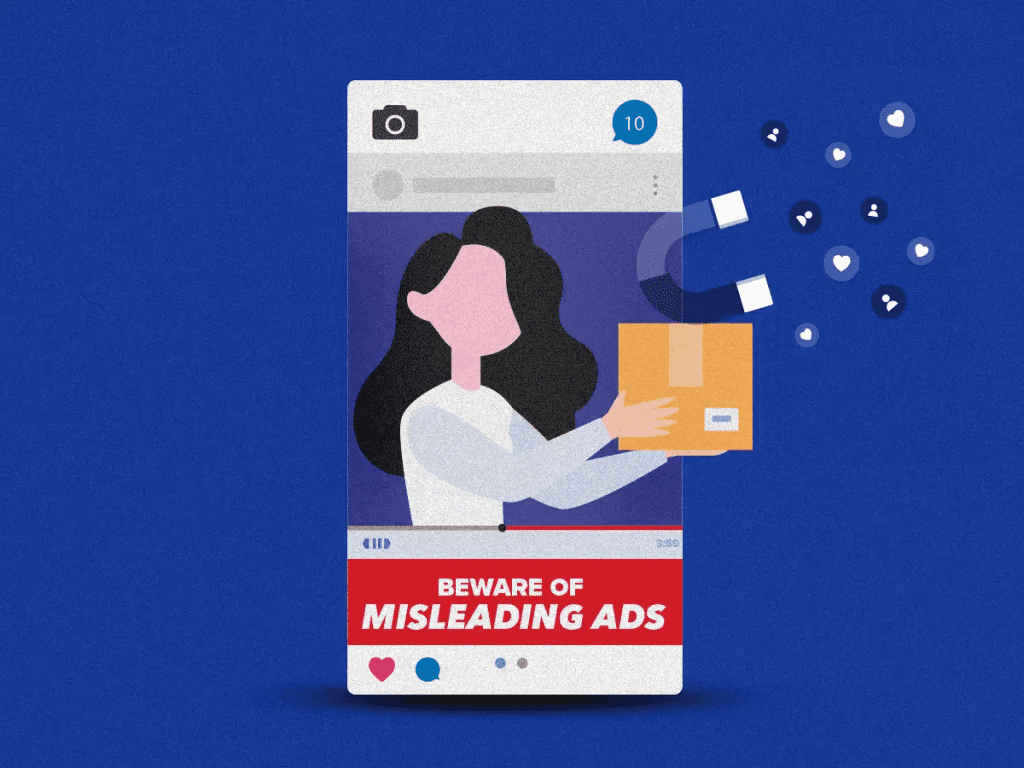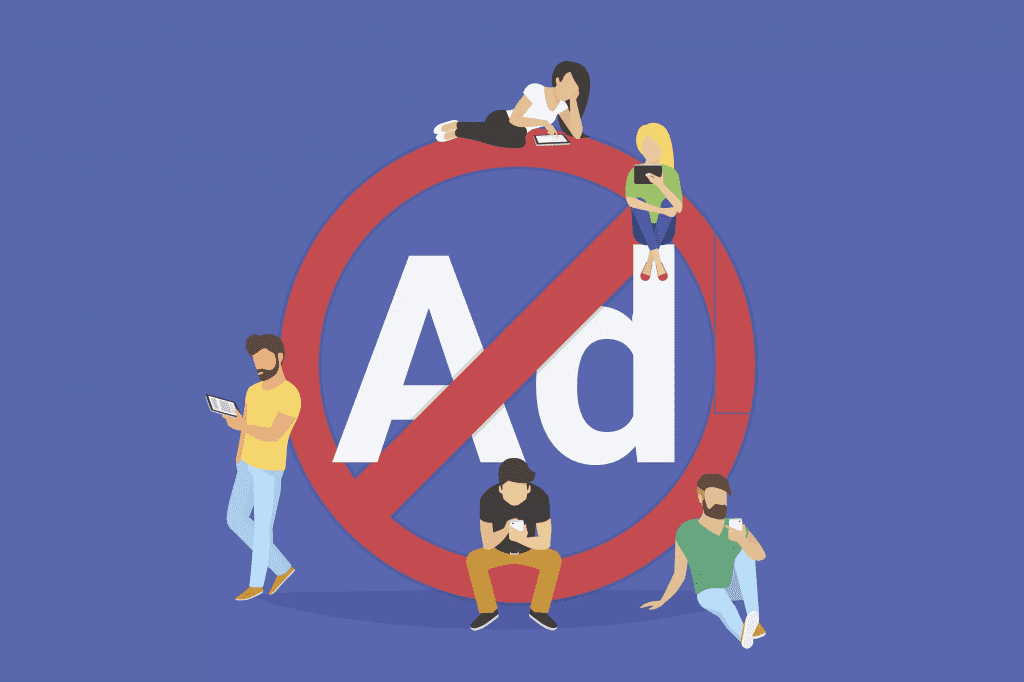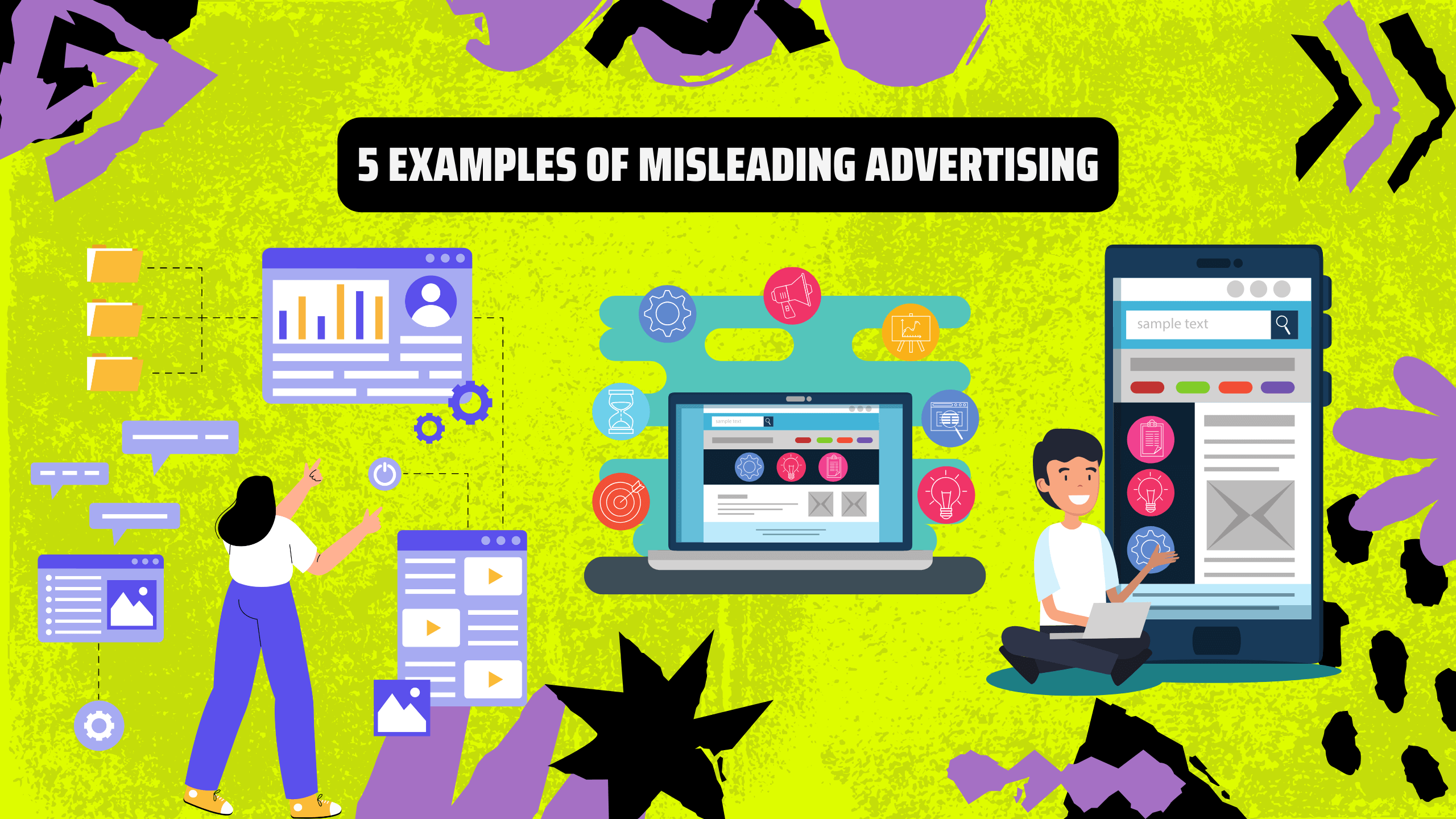As Google Publishers, we rely on advertising to generate revenue and support our creative endeavours. But navigating the world of digital advertisements can be tricky, particularly when moral issues are involved. In addition to harming customers, deceptive adverts have the potential to tarnish your website’s image and get you into legal problems.
We must be aware of typical deceptive advertising methods to ensure we act honourably and foster trust with our viewers. By being aware of these strategies, we can prevent our platforms from being used as platforms for deceit and make wise choices about the advertisements we accept.
Here are five prevalent examples of misleading advertising and how to identify them:
1. Exaggerated Claims and False Promises:
This strategy entails exaggerating the efficacy of a good or service in ways that are just not verifiable. Examples include cosmetic items that promise to cure ageing, weight-loss pills that promise magical results in weeks, and financial programs that promise instant riches.
Red flags:
Keep an eye out for statements that are ambiguous or unsubstantiated, excessive reliance on testimonies without scientific validation, and offers that appear too good to be true.
2. Hidden Costs and Fees:
This strategy, known as “bait and switch,” entices customers with an initial low price before shocking them with additional costs and hidden levies when they check out. This is especially typical for free trials that automatically renew, subscription services, and goods that are promoted with “limited-time” discounts.

Red flags:
Before clicking “buy,” carefully go through any tiny print disclaimers, steer clear of free trials with automatic renewal conditions, and carefully compare prices.”
3. Vague or Deceptive Information:
This entails purposefully hiding important information about a good or service to deceive customers. This might involve concealing the terms and conditions of service, misrepresenting the components of a product, or leaving out the negative effects of a drug.
Red flags:
Include vague product descriptions, unclear ingredient or warranty information, and contracts with unstated conditions or limits.
4. False Endorsements and Testimonials:
This strategy creates a false impression of trust and credibility by using influencer endorsements and falsified or edited testimonials. It is possible to deceive customers with paid celebrity endorsements, altered photos, and fake reviews.
Red flags:
Look for independent product ratings and customer feedback, verify the veracity of influencer reviews, and steer clear of overwhelmingly positive and generic testimonials.

5. Preying on Vulnerabilities and Fears:
This manipulative strategy plays on people’s fears and weaknesses to sell a good or service. Ads for weight reduction targeted at those with body image problems, anti-ageing treatments promoted to people who are afraid of getting older, and financial items that prey on people’s fears about money are a few examples.
Red flags:
Avoid endorsing goods that take advantage of weaker groups of people and stay away from rhetoric that plays on feelings of insecurity or fear.
To fulfil our duty to users, we must preserve moral principles and make sure deceptive advertising doesn’t appear on our platforms. We can safeguard our viewers, uphold confidence, and steer clear of any legal repercussions by being watchful and taking preventative action.
Here are some additional tips for ethical advertising practices:
- Make an investigation: Examine prospective advertisers’ offerings in-depth before approving their advertisements.
- Prioritize transparency: Ensure all advertisements are clearly labelled as such and disclose any potential limitations or restrictions.
- Put ad review policies into action: Clearly define the kinds of advertisements you will allow or refuse in light of ethical issues.
- Keep an eye on user comments: Take note of user opinions and comments about your advertising decisions, and respond quickly to any issues raised.
- Remain educated: To keep your platform morally and legally compliant, keep up to current on the latest changes to advertising laws and best practices.

We can make sure that our monetization efforts support a safe and reliable online environment for users and authors alike by adopting ethical advertising practices. Recall that over time, establishing credibility and upholding a solid internet reputation is quite valuable.
There are a lot more instances of deceptive advertising out there that you should be mindful of; this essay is only the beginning. We can all work together to create an environment for advertising that is more morally and responsibly conducted by taking part in active debates, exchanging stories, and keeping one another accountable.











